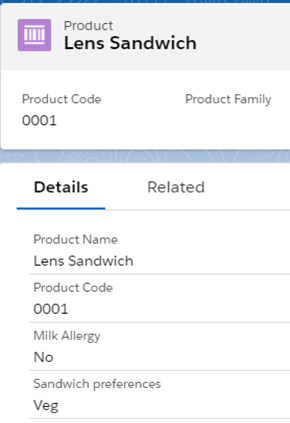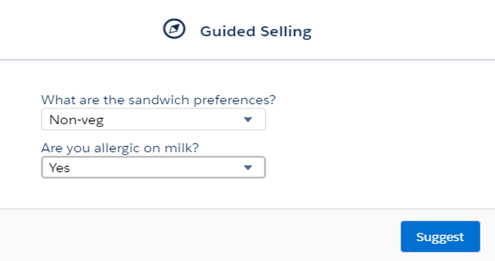Sometimes, it is hard for the sales representative to sell and connect the right products to the right people. On one side, we have the customers who are determined to buy something and have specific requirements and different needs, and on the other side are the products that do not always meet the customer’s needs.
In this way, the sales team is not always able to focus 100% on selling, because they also need to focus on the specification and presentation of the product to the customers, and creating the relationship between customers and products. Most of their time isn’t spent on selling, and they more often waste a lot of time and effort on things that they can either skip or decrease the time and effort they spend on.
Research shows that sales teams spend about 66% of their time generating quotes, writing proposals, and getting approvals instead of closing deals.
Imagine how great it would be if the traditional way of selling could be switched to some modern sales, where most of the shortcomings will disappear.
One of the modern improvements of the sales processes is provided through Salesforce CPQ – guided selling.
Maybe you are wondering how Salesforce CPQ and guided selling can help to improve the way of selling, but actually, CPQ stands for C-configure, P-price, and Q-quote. In Salesforce that is an application that can be downloaded from the AppExchange, which helps sales teams sell more and faster by automating and managing the process of quoting. Guided selling is just one piece of the entire CPQ application. Through guided selling, users are able to quickly and easily sort through a large product catalog to find exactly what they are looking for.
Some companies offer a wide range of products, so for the users is hard to list through them and they lose time to choose and search which product meets their needs. But with guided selling, the selling process is greatly improved.
At the beginning of the quote creation process, sales reps are presented with a guided selling screen which contains a series of targeted questions to help them navigate the product catalog. Each answer dynamically affects the questions that follow. After clicking suggest, all the products that match the criteria are displayed.
Isn’t it great?!
Let’s see all this shown in an example. We have a customer who wants to order food from a fast-food store. But there are a lot of products, combos, discounts, etc. Some of the customers are allergic to some products, some of them are veg or non-veg, some of them are fasting, etc. Different customers – different requirements. If we leave the customers to search alone by themselves, it will take a lot of time and effort.
In our example, we have a customer who wants to buy a non-veg sandwich and ice cream without milk because he is allergic to milk.
Let’s see how is that done in Salesforce.
The first step is to create process input fields (the questions that should be asked during guided selling).
In the process input object, you can create a custom field for the questions that you want to ask the users. We have created two custom picklist fields; one field is “Milk allergy” and the other is “Sandwich preferences”.


The second step is to define product fields. Product fields should match the new “Process input” fields that we previously created in the first step. After creating the same fields into Products, we should fill out them with the correct values for the specific products.
In the examples below, I fill out the values for “Chocolate ice cream” and “Lens Sandwich” products.


The third step is to create and define the Quote process. After creating the quote process, you should create related “process inputs” for guided selling. The next step is matching the values of the input field to the value of the product field, to be sure that the answers of the sales teams lead to the correct products.
When all that is finished, you should copy the Guided Selling ID and paste it into the Quote that is related to the products.
With these steps, the Guided selling process is finished.
When you go to select the products in the Quote, the pop-up window appears with Guided Selling questions.
In our example there are 2 questions that we have defined previously:
- What are the sandwich preferences? (Veg or Non-veg)
- Are you allergic to milk? (Yes or No)

When you suggest the request, based on the answers that you will choose, the products will be displayed.
In our example, after suggesting guided selling, the products that are available for choosing based on the answers are Lens Sandwich, Zucchini Sandwich, and Strawberry Ice cream.
Guided selling sorted the products and displayed only the products that meet the client’s needs. Based on the client’s answers, non-veg, and products without milk are displayed.

In this way, the process of selling is so improved. The time of the sales team is significantly decreased, and in the same way, the customer’s time is decreased.
There are benefits from guided selling for both sides – customers and sales reps. Customers are more satisfied because based on their needs, the correct products are displayed. Sales teams don’t waste their time researching and presenting all the products, they can be focused just on the products that meet the client’s requirements.

